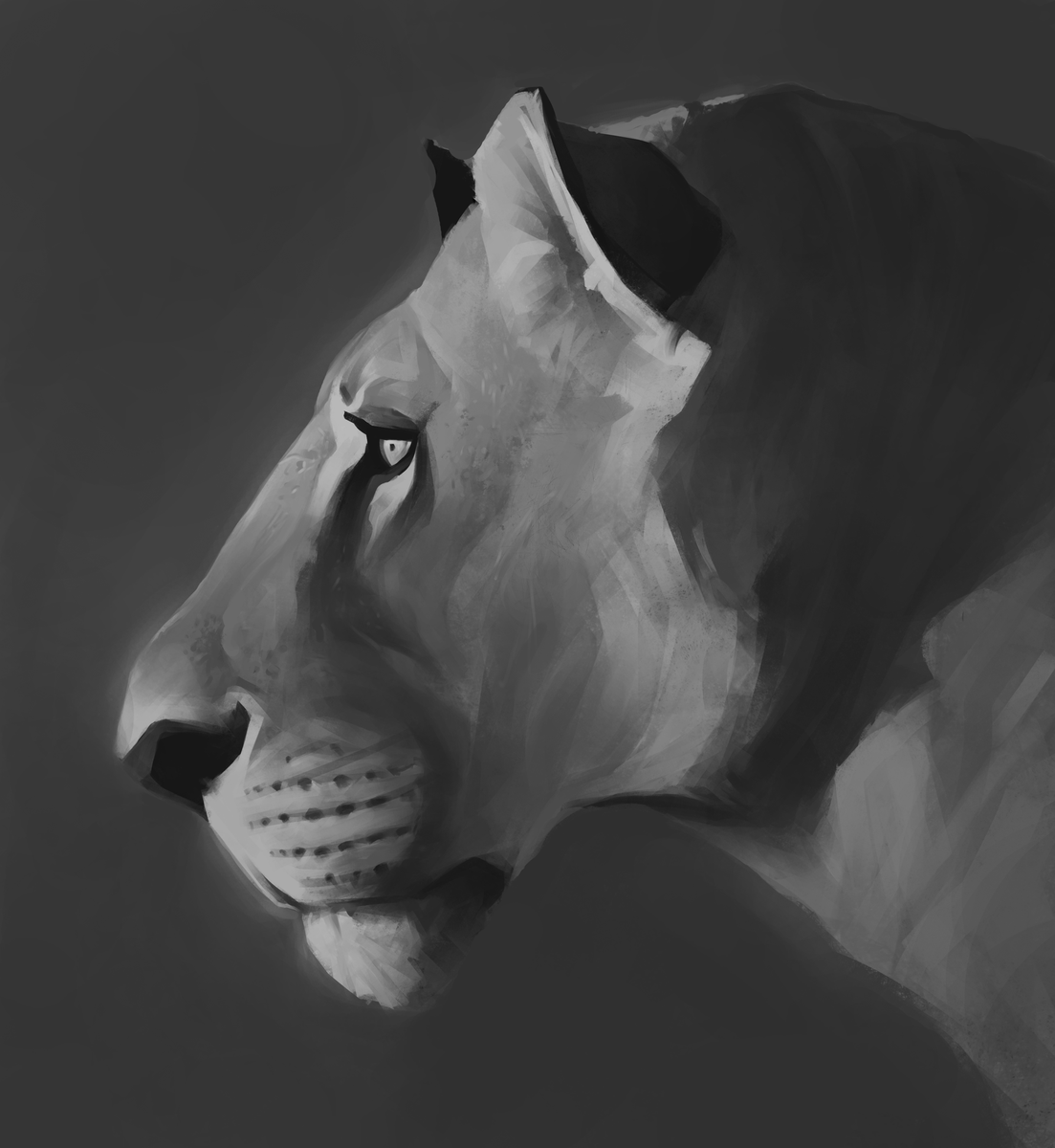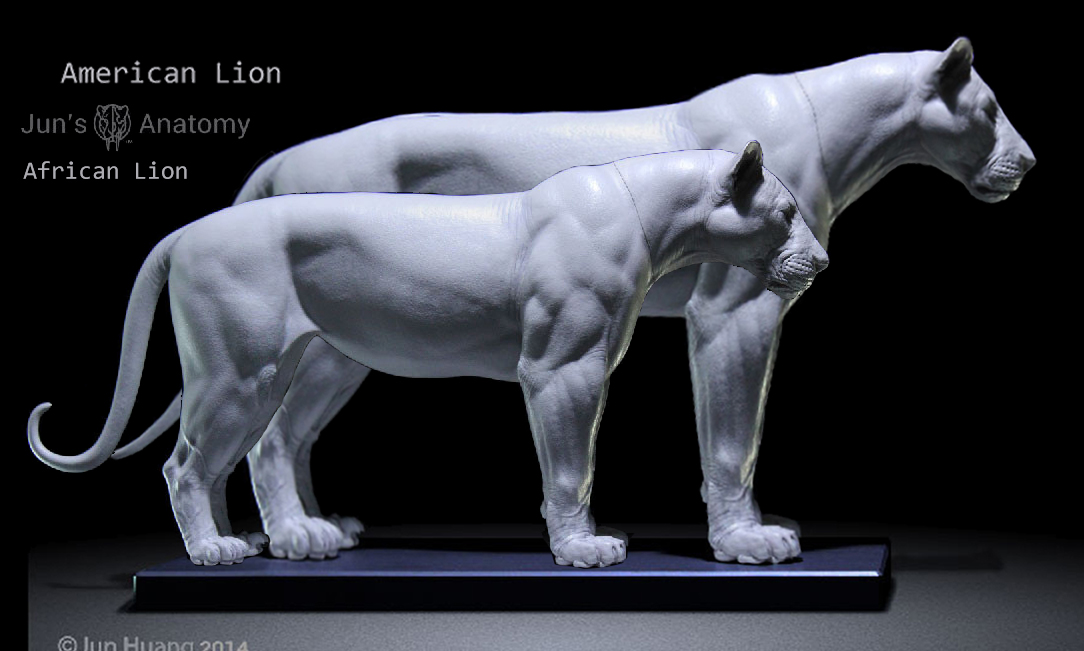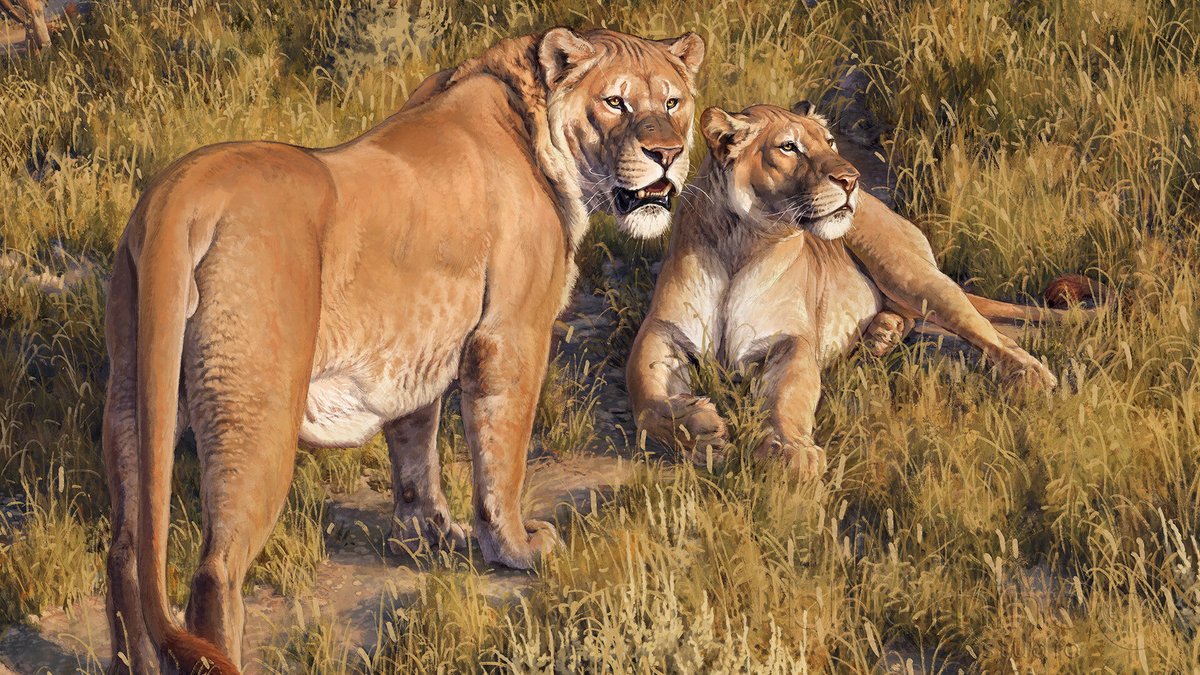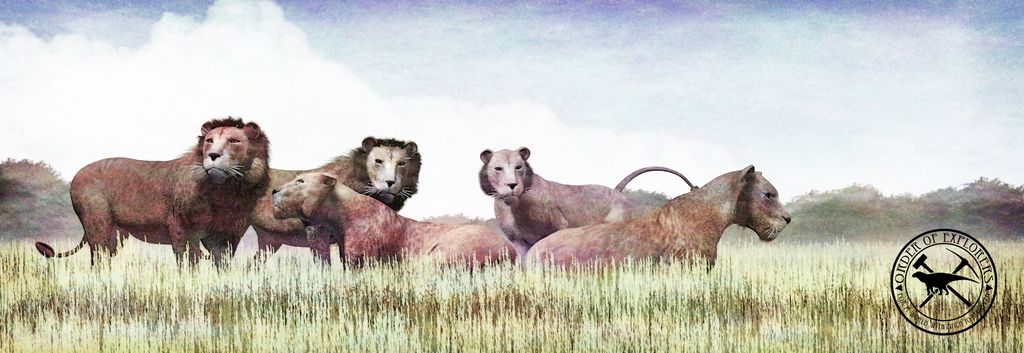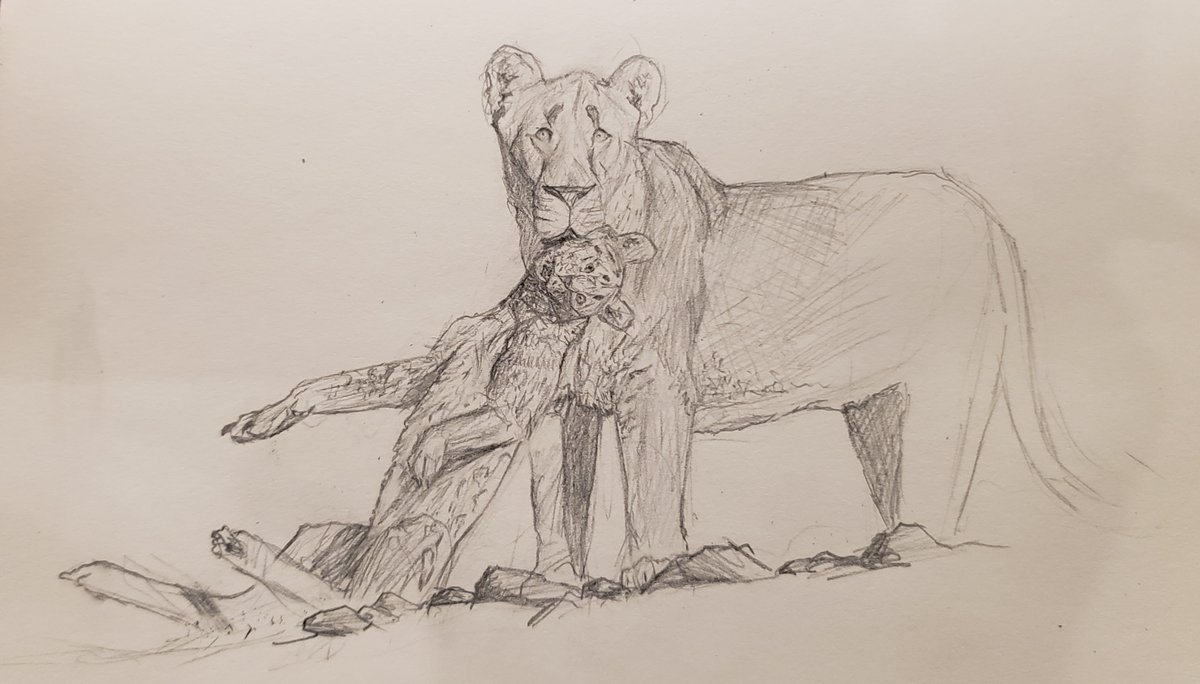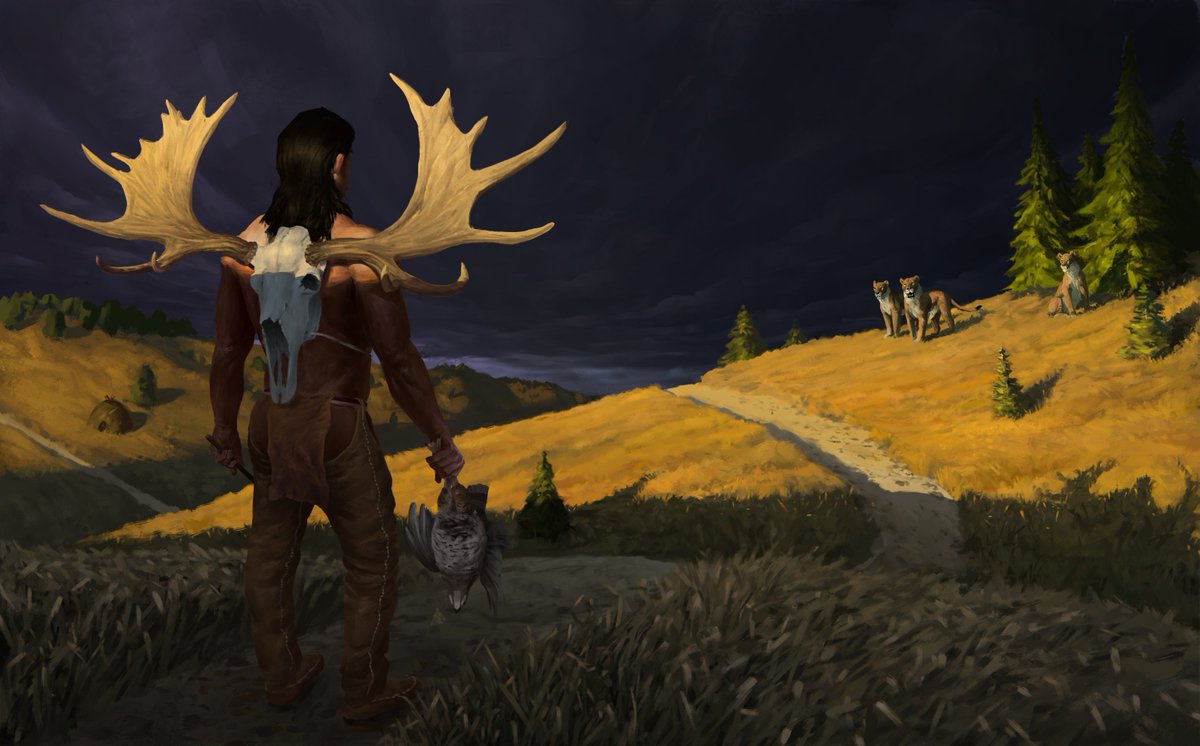Gonna use #WorldLionDay to illustrate that a lion the size of your average horse used to stalk the wild lands of North America; enter Panthera atrox, otherwise known as the American lion.
The American lion was likely a top predator in its continent, largest estimates putting it at 350+kg for the big males. In terms of distinctions from the related African lion, its Pleistocene cousin had longer limbs and a larger head, both adaptations for bringing down megafauna.
This big cat likely came from isolated populations of early steppe lion (Panthera spelaea) that moved into the lower 48. A recent study into P. spelaea’s genetics implies an almost 2 million year separation from the African lion lineage, with P. atrox evolving around 340 MYA.
With social behavior, evidence seems to vary; while a male-heavy bias from the La Brea suggests a solitary lion, this may be skewed, as sampling from the Natural Trap Cave in Wyoming indicates a predominance of females in open habitats, similar to African lion prides.
Estimates for P. atrox’s prey range indicate it could take down prey up to 900kg alone, leaving possibility for larger (mammoth sized?) quarry in structured prides. This of course, leads to the lion facing potential competition from sabretooths, dire wolves, and American cheetah.
Unfortunately around 12,000 years ago, a combination of human influence and end-Ice Age climate change likely spelled the end of the American lion’s kingdom. It is surreal that we lived alongside this species, and should serve further reminder of big cat conservation today.
Literature I referenced for this thread:
https://www.nature.com/articles/s41598-020-69474-1
https://www.nature.com/articles/... href=" https://www.researchgate.net/publication/305443323_First_occurrence_of_Panthera_atrox_Felidae_Pantherinae_in_the_Mexican_state_of_Hidalgo_and_a_review_of_the_record_of_felids_from_the_Pleistocene_of_Mexico
https://www.researchgate.net/publicati... href=" https://www.researchgate.net/publication/281544339_Panthera_atrox_body_proportions_size_sexual_dimorphism_and_behavior_of_the_cursorial_lion_of_the_North_American_plains">https://www.researchgate.net/publicati...
https://www.nature.com/articles/s41598-020-69474-1

 Read on Twitter
Read on Twitter